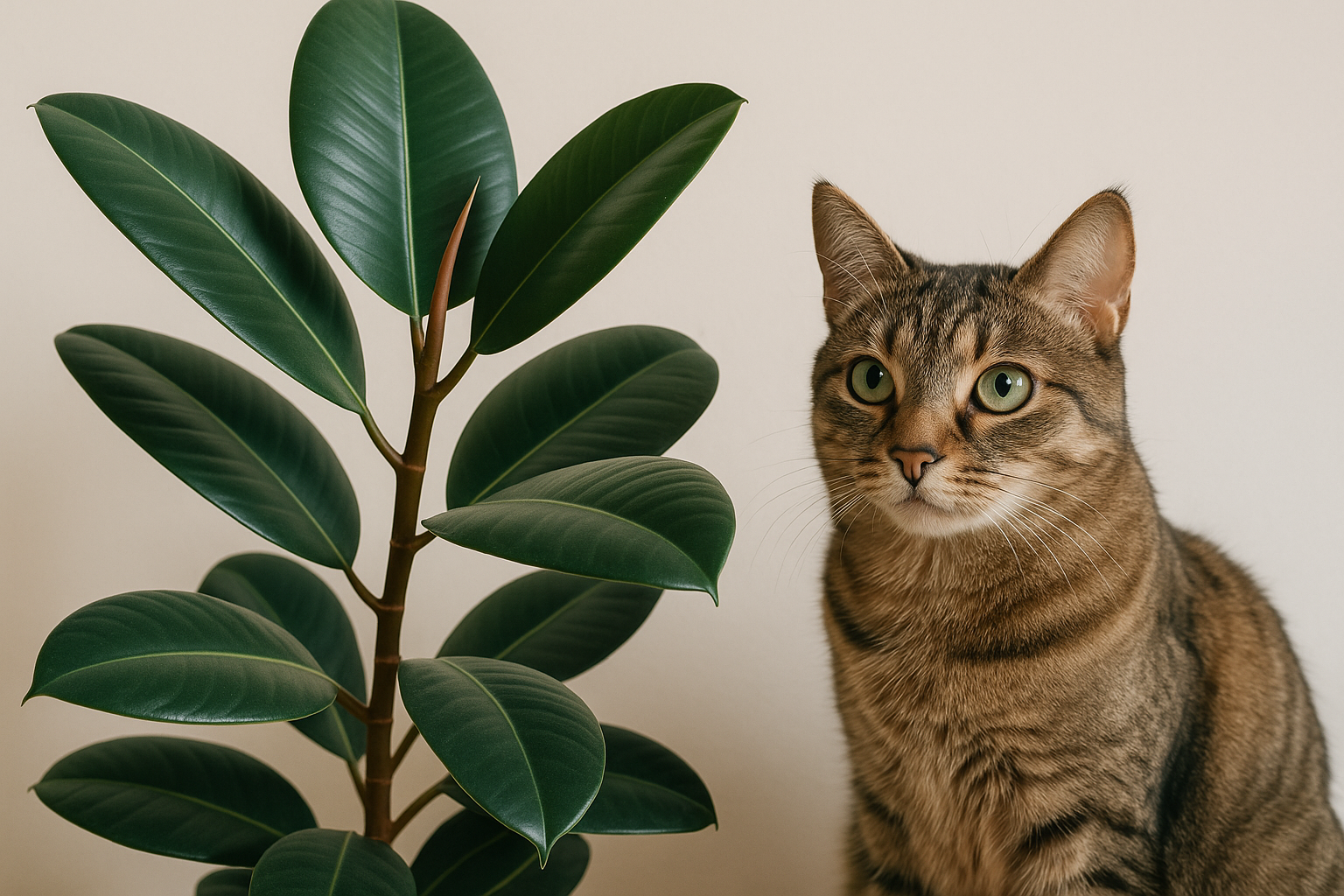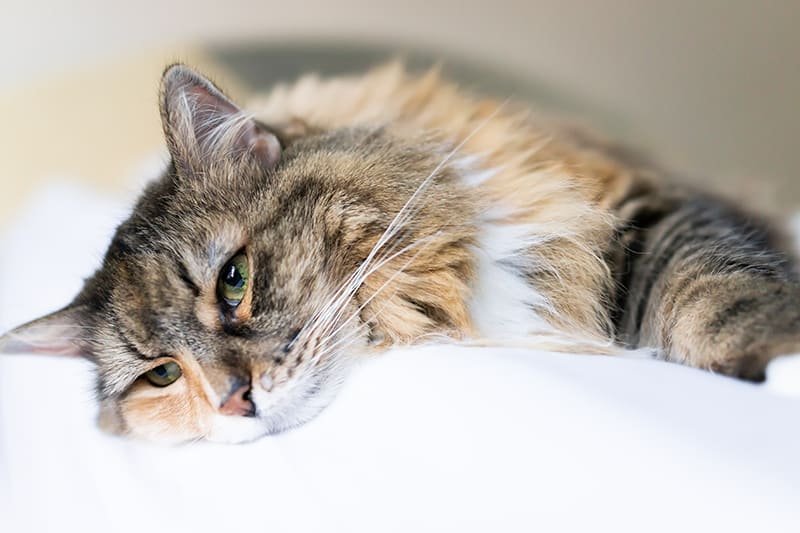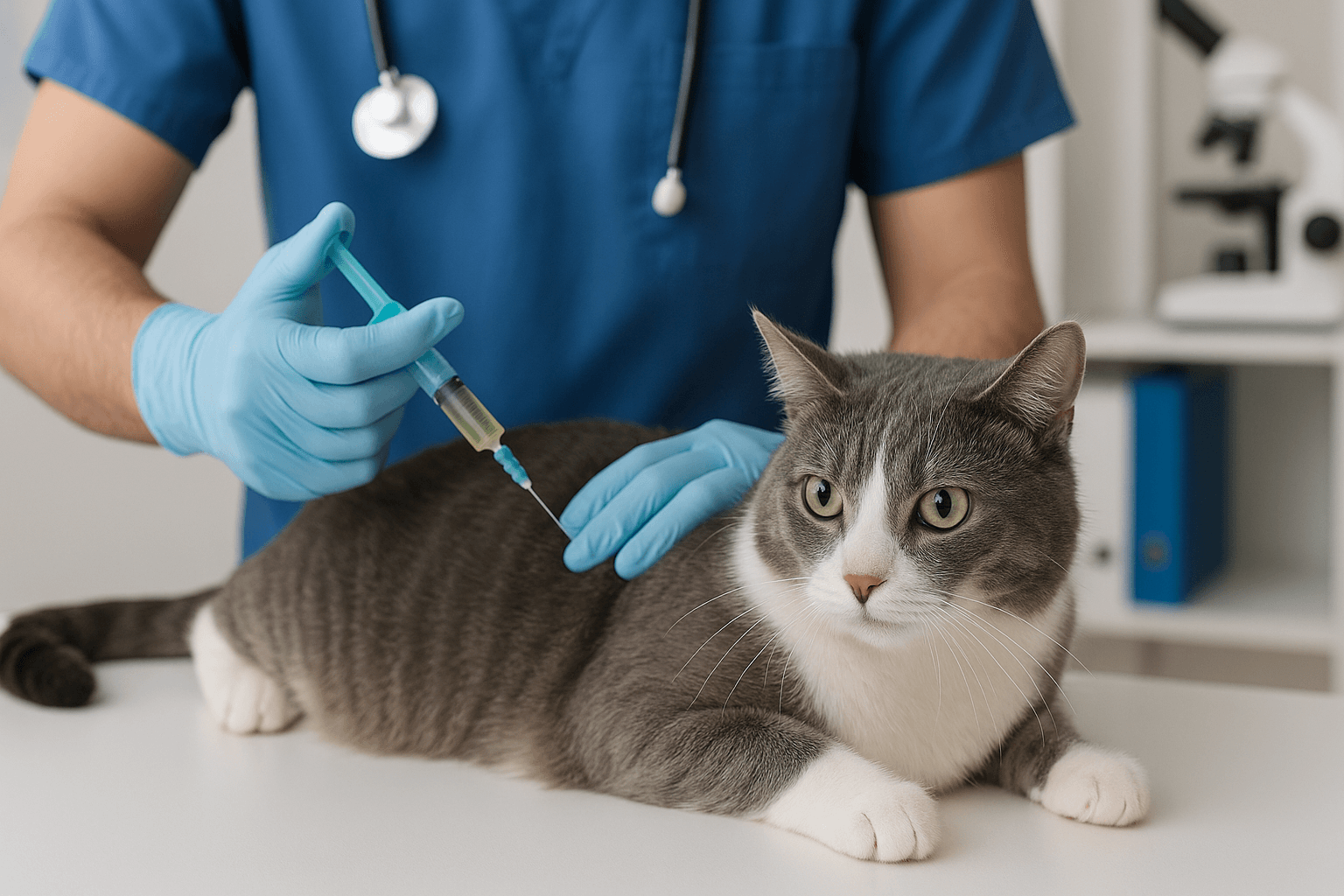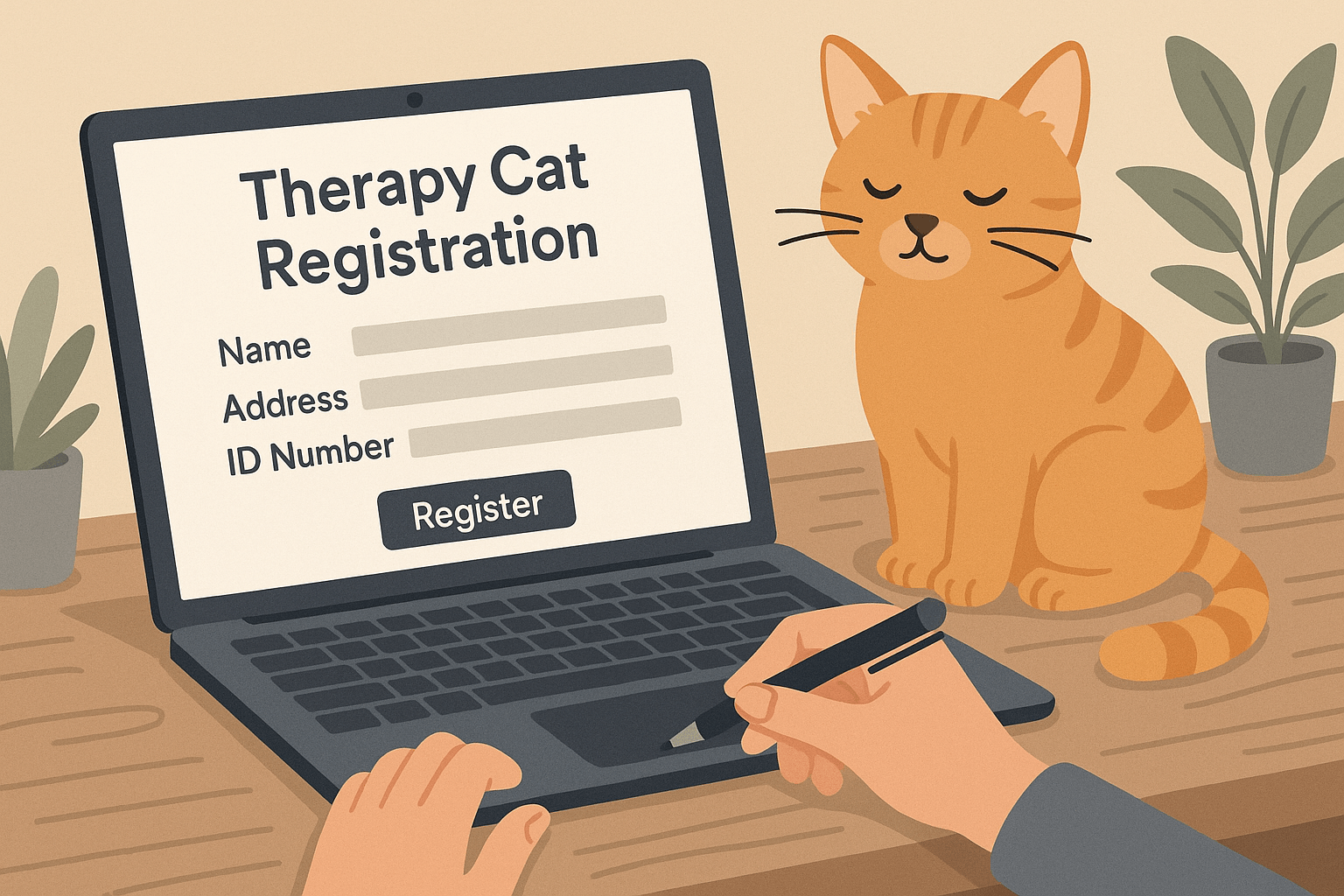Can Cats Eat Peonies? What You Need to Know
Peonies are stunning, fragrant flowers that brighten gardens and homes with their vibrant blooms. However, if you’re a cat owner, it’s essential to consider whether these beautiful plants pose any risks to your feline friend. Cats are naturally curious creatures, and their tendency to nibble on plants can sometimes lead to trouble. While peonies are non-toxic to humans, their safety for cats is less straightforward. In this blog post, we’ll explore everything you need to know about cats and peonies, including potential risks, safer alternatives, and tips for keeping your curious companion safe.
Potential Risks of Cats Eating Peonies
Although peonies are not classified as highly toxic to cats, they can still cause mild to moderate discomfort if ingested. Understanding the potential risks will help you take preventive measures to protect your pet.
Mild Gastrointestinal Upset:
Cats who nibble on peony petals or leaves may experience vomiting or diarrhea due to irritation in their digestive system.Skin Irritation from Sap:
The sap in peonies can sometimes irritate a cat’s skin or mouth, leading to drooling or pawing at the face.Choking Hazard from Large Pieces:
If a cat swallows a large piece of the plant, it could pose a choking risk or cause blockages in the digestive tract.Allergic Reactions in Sensitive Cats:
Some cats may have an allergic reaction to peonies, resulting in symptoms like swelling or difficulty breathing.Behavioral Changes from Discomfort:
Even mild ingestion can make your cat lethargic or restless as their body tries to process the unfamiliar plant material.
While peonies aren’t highly dangerous, it’s best to prevent your cat from eating them altogether to avoid unnecessary stress or health issues.
Signs Your Cat May Have Eaten Peonies
If you suspect your cat has nibbled on peonies, watch for these signs to determine whether they’ve been affected. Early recognition allows you to act quickly and minimize complications.
Vomiting or Diarrhea:
These are the most common symptoms of gastrointestinal upset caused by ingesting peony parts.Excessive Drooling:
Drooling may indicate irritation in the mouth or throat from the plant’s sap or fibers.Loss of Appetite:
A sudden refusal to eat could signal digestive discomfort or nausea.Lethargy or Restlessness:
Behavioral changes often accompany physical discomfort, making your cat seem unusually tired or agitated.Pawing at the Mouth or Face:
This behavior suggests irritation or pain in the mouth area, possibly from chewing on the plant.
If you notice any of these signs, monitor your cat closely and consult your veterinarian if symptoms persist or worsen.
Check this guide 👉Can Cats Eat Yucca? Best 7 Expert Tips!
Check this guide 👉Can Cats Eat Goat Milk? Best 7 Expert Tips!
Check this guide 👉Can Cats Eat Turkey Liver? Best 7 Expert Tips!
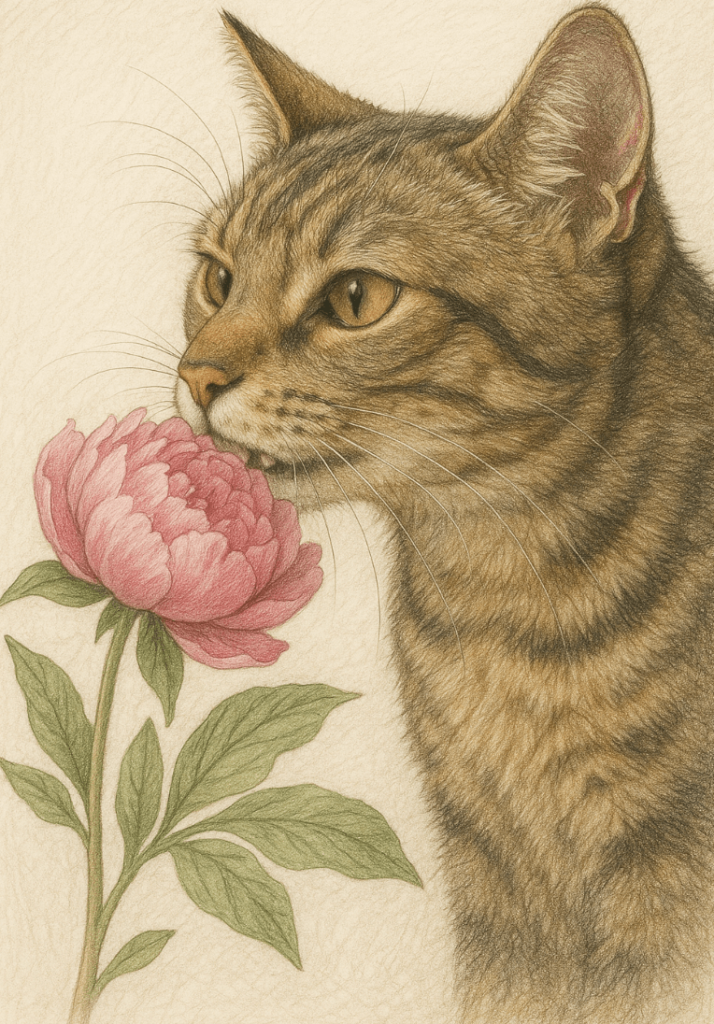
Safe Alternatives to Peonies for Cats | Plants to Avoid Around Cats |
|---|---|
Spider Plant | Lilies (highly toxic) |
Catnip | Aloe Vera (can cause vomiting) |
Boston Fern | Daffodils (toxic to digestive system) |
African Violet | Philodendron (irritates mouth) |
Marigolds | Pothos (causes oral irritation) |
How to Keep Your Cat Safe Around Peonies
Preventing your cat from accessing peonies is the best way to ensure their safety. These practical tips will help you create a secure and harmonious space for both your pet and your plants.
Place Peonies Out of Reach:
Display peonies in hanging baskets or high shelves where your cat cannot easily access them.Use Deterrent Sprays:
Apply pet-safe deterrent sprays around peonies to discourage your cat from approaching or nibbling.Provide Cat-Friendly Plants:
Offer safe, appealing alternatives like cat grass or catnip to redirect your cat’s attention away from peonies.Supervise Outdoor Time:
If peonies are in your garden, supervise your cat during outdoor playtime to prevent accidental ingestion.Educate Family Members:
Ensure everyone in your household knows the risks of peonies and understands the importance of keeping them away from pets.
By taking these precautions, you can enjoy the beauty of peonies without compromising your cat’s well-being.
What to Do If Your Cat Eats Peonies
If your cat accidentally ingests peony parts, staying calm and acting promptly is key to ensuring their safety. Follow these steps to address the situation effectively.
Remove Any Remaining Plant Material:
Gently check your cat’s mouth and remove any visible pieces of peony to prevent further irritation.Offer Fresh Water:
Encourage your cat to drink water to help flush out any plant residue from their system.Monitor Symptoms Closely:
Observe your cat for signs of distress, such as vomiting, drooling, or lethargy, over the next 24 hours.Contact Your Veterinarian:
If symptoms persist or worsen, call your vet immediately for professional advice and treatment options.Avoid Home Remedies Without Guidance:
Refrain from administering medications or home remedies unless explicitly instructed by a veterinarian.
Prompt action ensures your cat receives the care they need while minimizing potential complications.
Common Mistakes to Avoid When Owning Cats and Plants
Many cat owners unknowingly make mistakes that put their pets at risk when introducing plants into their homes. Avoid these pitfalls to ensure a safer environment for your furry friend.
Assuming All Plants Are Safe:
Not all plants are harmless to cats; research each plant before bringing it into your home.Leaving Toxic Plants Within Reach:
Placing dangerous plants on low tables or shelves increases the risk of accidental ingestion.Ignoring Behavioral Cues:
Cats often show interest in plants by sniffing or pawing—don’t dismiss these behaviors as harmless curiosity.Using Harmful Deterrents:
Avoid chemical sprays or substances that could harm your cat while trying to protect your plants.Failing to Supervise Playtime:
Unsupervised cats are more likely to investigate and chew on plants, especially outdoors.
Avoiding these mistakes helps create a safer and more harmonious living space for both your cat and your plants.
Benefits of Cat-Friendly Plants in Your Home
Introducing cat-safe plants into your home offers numerous benefits, from enriching your cat’s environment to enhancing your decor. Here’s why you should consider adding these green companions to your space.
Natural Entertainment:
Cat-friendly plants like cat grass provide mental stimulation and satisfy your cat’s instinct to chew.Improved Air Quality:
Certain plants, such as spider plants, purify the air while posing no risk to your feline friend.Stress Reduction:
Greenery creates a calming atmosphere for both you and your cat, reducing stress and promoting relaxation.Encouraging Healthy Habits:
Safe plants redirect your cat’s chewing tendencies away from harmful objects or toxic plants.Aesthetic Appeal:
Cat-friendly plants add beauty to your home without compromising your pet’s safety.
Incorporating these plants ensures a win-win situation for both aesthetics and pet safety.
Tips for Training Your Cat to Avoid Plants
Training your cat to stay away from plants requires patience and consistency. These tips will help you redirect their behavior and protect both your plants and your pet.
Use Positive Reinforcement:
Reward your cat with treats or praise when they ignore plants, reinforcing good behavior.Redirect Their Attention:
Provide toys or scratching posts near plants to divert their focus away from nibbling.Create Physical Barriers:
Place barriers like fences or plant stands to make plants less accessible to your cat.Introduce Safe Alternatives:
Offer cat grass or other pet-safe plants to satisfy their natural urge to chew.Be Consistent with Boundaries:
Reinforce rules consistently to teach your cat which areas or items are off-limits.
With time and effort, training can help your cat coexist peacefully with your plants.
Frequently Asked Questions About Cats and Peonies
Are peonies toxic to cats?
Peonies are not highly toxic but can cause mild gastrointestinal upset or irritation if ingested.
What should I do if my cat eats a peony leaf?
Monitor your cat for symptoms like vomiting or drooling, and contact your vet if any concerns arise.
Can peonies cause an allergic reaction in cats?
While rare, some cats may experience allergic reactions; watch for swelling or difficulty breathing.
Are there safe plants I can keep around my cat?
Yes, cat-friendly plants include spider plants, catnip, and Boston ferns.
How can I stop my cat from chewing on plants?
Use deterrent sprays, provide safe alternatives, and supervise your cat around plants to discourage chewing.
Creating a Safe Environment for Your Cat and Peonies
While peonies are not highly toxic to cats, they still pose potential risks that shouldn’t be ignored. By understanding the dangers, recognizing symptoms, and taking preventive measures, you can enjoy the beauty of these flowers while ensuring your feline friend stays safe and healthy. Remember, prevention is always better than cure—so take steps to create a pet-friendly space where both you and your cat can thrive. With a little effort and vigilance, you can strike the perfect balance between aesthetics and safety in your home.
Is the Rubber Tree Cat Safe? Best 7 Expert Tips! Discover expert advice on keeping rubber plants safely in cat-friendly homes and learn top tips for pet-safe plant care.
Low Red Blood Cell Count in Cats: Best 7 Expert Tips! Discover causes, symptoms, and treatment options for feline anemia. Learn how to support your cat’s health effectively with expert advice.
Understanding Megacolon Treatment: Best 7 Expert Tips! Discover effective strategies to manage feline megacolon, from dietary changes to surgical options, ensuring your cat’s comfort and long-term health.
How to Register a Therapy Cat: Best 7 Expert Tips! Discover essential steps to certify your cat as a therapy animal, prepare them for training, and make a meaningful impact in therapeutic settings.


